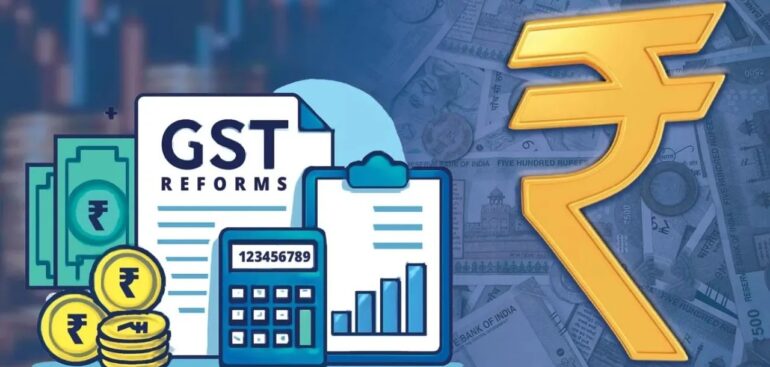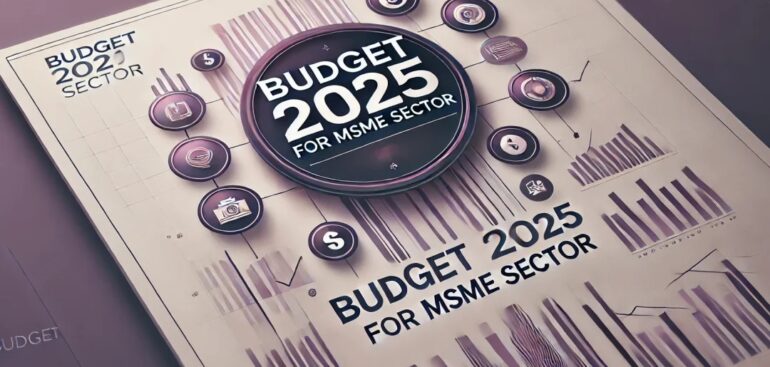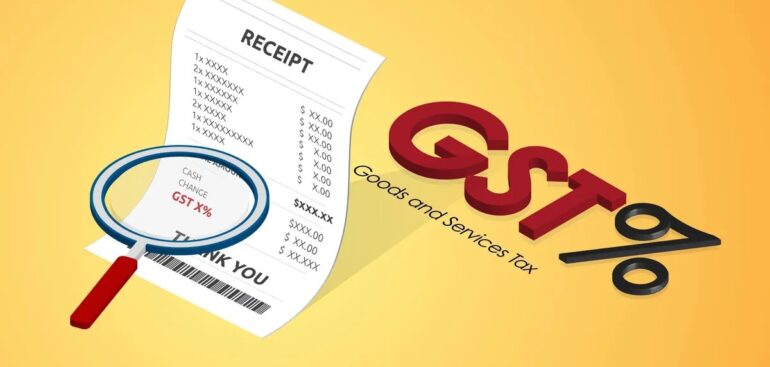GST amendment 2025, GST compliance, GST updates, input tax credit, CA firm insights
The Goods and Services Tax (GST) landscape is evolving again with the latest amendments notified through the 2025 Central Tax Notifications. These changes, introduced post the Union Budget 2025-26, are aimed at simplifying compliance, curbing tax evasion, and improving transparency.
One of the major highlights is the restriction on Input Tax Credit (ITC) under Section 16 — businesses must now ensure that vendors have filed their returns and paid tax to the government before claiming ITC. The automatic reflection mechanism in GSTR-2B will play a decisive role, tightening the compliance chain.
Further, the introduction of new timelines for return filing and ITC reversal has placed greater responsibility on taxpayers to monitor vendor compliance. The CBIC’s Notification No. 09/2025 – CTR also expanded the reverse charge mechanism (RCM) to specific service categories like logistics and warehousing.
Businesses must re-evaluate their vendor management systems and ERP configurations to remain compliant.
As a CA firm, we recommend conducting a GST health check before Q4 of FY 2025–26 to identify gaps in ITC reconciliation and liability computation.
The 2025 amendments are not just compliance updates—they represent a structural shift toward technology-led governance. Firms leveraging automated reconciliation and AI-based GST tools will find themselves ahead in the new era of digital compliance.



